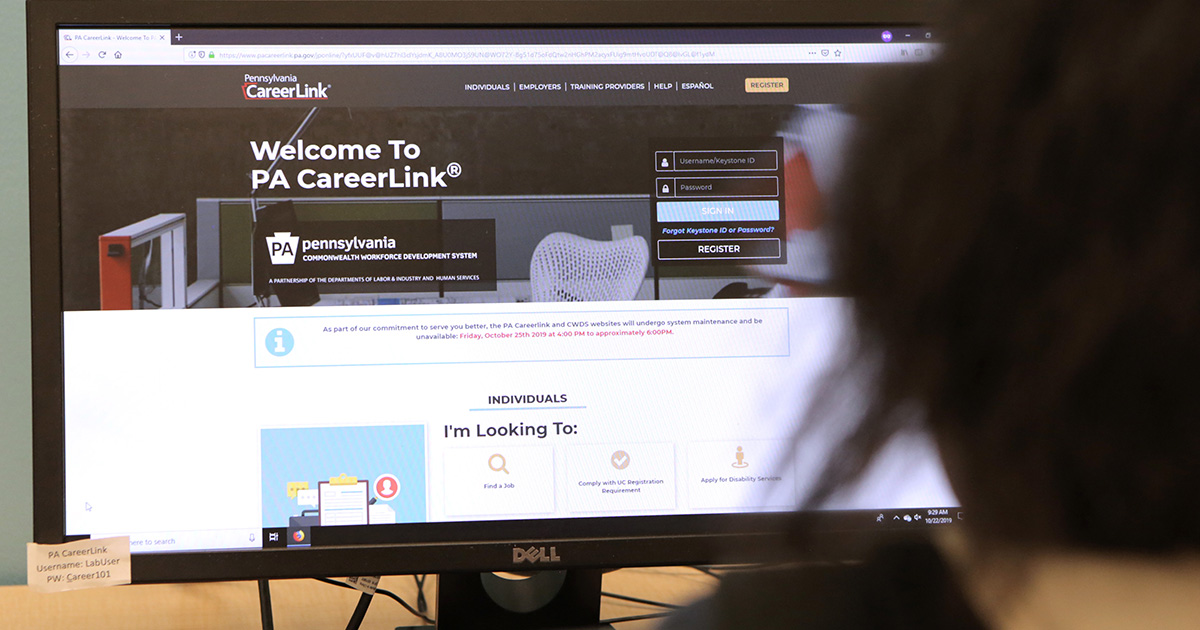Strong partnerships, with common goals for workforce development and economic revitalization, were at the crux of many counties’ approaches to recovery and resiliency during the pandemic. That’s what we heard over and over in working with the National Association of Counties (NACo) on the Local Economies and Future of Work project. What we learned from partnering with NACo on the Assessment of County Needs in Economic Recovery from COVID-19 and Planning for the Future of Work Amid a Global Pandemic reports can be a guiding strategy for coordinating planning efforts to address future public health crises and economic recovery.
In Montgomery County, Pennsylvania, county officials created a regional plan, using guidance from the Workforce Innovation and Opportunities Act (WIOA), to work with employers across county lines and provide streamlined services to their job seekers. In most cases, having strong partnerships and a resilient workforce system allowed counties to quickly shift their workforce priorities during the pandemic. This was the case in DeKalb County, Georgia, where government leaders partnered with their local technical colleges to offer youth online training in health care and technology.
As a former workforce development service provider, these stories of resilience resonate deeply. In 2013, I started my career working for an American Job Center (AJC) as a program coordinator for WOW Workforce Development Center (WOW). It oversees programs in Washington, Ozaukee, and Waukesha counties in southeastern Wisconsin.
Through my WOW experience, I was exposed to what a thriving workforce system looked like. Local workforce development systems function as ecosystems that facilitate planning and innovation by convening technical colleges, employers, and workforce development partners. AJCs established under WIOA are overseen by workforce development boards (WDBs) that provide strategic guidance and direction to workforce systems and are often intermediaries between U.S. Department of Labor and local centers. WDBs are often made up of members of the business community, representatives of local colleges, training providers, elected officials, and workforce program leaders who guide the strategic direction of counties’ economic and workforce development. AJCs provide a range of services to job seekers and are an essential part of local counties’ workforce development systems. These centers serve as a centralized hub to provide job seekers with education, training, and employment services in one place.
One of the key benefits of the AJC model is the coordination of services. For example, WOW connected job seekers to new opportunities by having offices on each of the three counties’ college campuses whose training and diplomas were also part of WIOA’s eligible training providers list. Job seekers were given a voucher called an Individual Training Account (ITA) to receive training from one of the eligible providers. Services provided under AJC included career planning, soft skills development, work preparation training, and help with developing an Individual Employment Plan to outline employment goals. Staff worked with employers to match them with job seekers.
Job seekers are often co-enrolled in various federal programs and services and working at the AJC helped me see how these pieces could fit together. For example, a job seeker who qualified for a Health Profession Opportunity Grant (HPOG) might also qualify for Wisconsin Works (W-2), Wisconsin’s primary Temporary Assistance for Needy Families program. Helping job seekers navigate these programs and benefit opportunities is an important part of WIOA, and seeing how it could work firsthand helped me understand just how important that coordination is.
Knowing the inner workings of workforce development systems enabled greater insight into the research we did with counties to help understand the issues they faced during the pandemic. Workforce development systems are complex, relying on multiple stakeholders and multitiered funding and programing to support job seekers. For example, in the HPOG program, which I coordinated at WOW, employers in the health sector would meet with program representatives like me to discuss workforce strategies, job openings, recruiting pipelines, and referrals, in addition to providing training for on-demand job occupations. Having these successful linkages at every step—from job seeker, to employer, to county and workforce leadership—is key to successful innovation and economic recovery during a pandemic or economic downturn. These are the same linkages we saw in working with Montgomery County, Pennsylvania and DeKalb County, Georgia on the Local Economies and Future of Work project with NACo.
In June 2021, county and workforce leaders from across the country met for the NACo Counties at Work Virtual Summit to talk about the future of work. I was pleased to find that Laura Catherman, a former colleague of mine from WOW Workforce Development Center and the current director of the WOW Workforce Development Board (WOW-WDB), was one of the speakers. She described bringing employers, career pathway providers, local and state county leaders, and key industry leaders together to weigh in on skills that will be in demand in the future and stated that this was one of the practices that has made WOW successful in creating solutions and addressing potential barriers to economic development. I had the opportunity to follow up with Laura on WOW’s effect on the region’s workforce priorities and barriers. Providing regional planning and investing to support key industry sectors is one way Wisconsin hopes to overcome workforce barriers; in the case of the WOW-WDB, this means convening stakeholders to learn about how transportation challenges are a major barrier for employers and job seekers alike. Last year, WOW-WBD was granted 1 million dollars as part of the American Rescue Plan Act (ARPA) to provide employment and skills training opportunities in coordination with local employers. This funding will help provide supportive services such as transportation.
The pandemic has had widespread impacts on the workforce system. County leaders and workforce development partners are addressing these challenges by working together to address barriers to growth and economic recovery. This requires effective communication and partnerships at all levels, so that workforce initiatives are guided by local county and industry needs. Some of the most resilient economies we reviewed on the Local Economies and Future of Work project had strong partnerships between their workforce systems and technical colleges, allowing them to quickly pivot and change strategies. Convening leaders from various sectors for ongoing discussion about program resiliency and planning for the future of work helps create a stronger economy that can meet the needs of all residents. Whether it’s addressing transportation barriers for manufacturing in Waukesha, Wisconsin, establishing a new training program that prepares youth for in-demand occupations in DeKalb County, Georgia, or aligning county priorities with regional goals in Montgomery County, Pennsylvania, a thriving workforce system that coordinates with key stakeholders on a local and state level makes it all possible.



